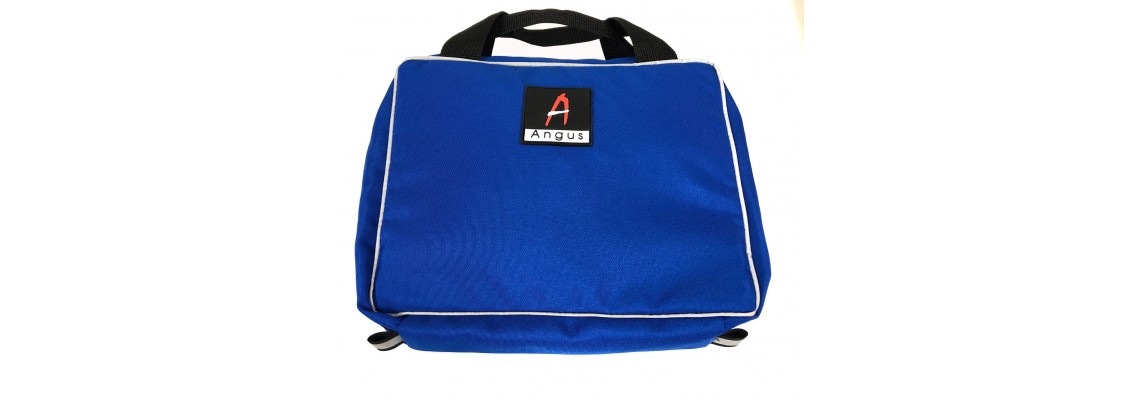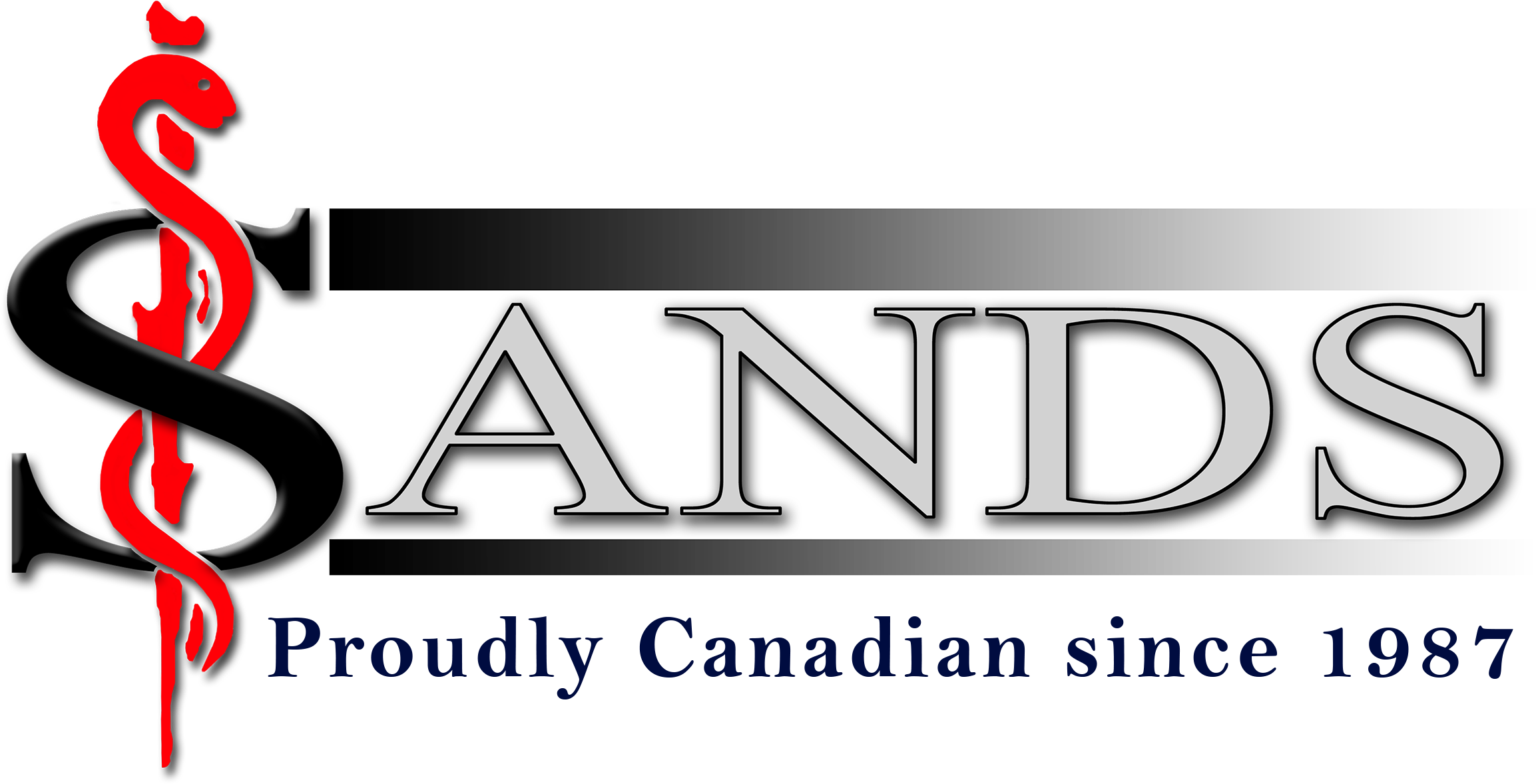
What is a Trauma Bag? That’s simple, a First Aid bag is used by individuals trained in basic care. A Trauma Bag is used by medical professionals.
These recommendations are for personal use by a trained Paramedic, EMT, Fire Fighter, or trained Rescuer in off-duty situations. This is not intended to be used as a guide for how to pack service bags.
As a Paramedic with 40 years of experience, I found that I still MacGyver my way out of a lot of off-duty situations but there are times I wished I had more equipment.
Buying a kit is a personal purchase but think with your head. You want a good warranty, material that will last, and features that will last beyond the life of the bag. Think of name brand features like:
YKK Zippers
Cordura
High-quality hardware
Adjustable dividers
Warranty
Features
There are a few things to consider before we start:
Skill level
Cost
Ability to use some equipment when off duty. (In some areas, medics are not permitted to give drugs or provide Advanced skills when not working for legal reasons. I will discuss a variety of equipment and based on your region and legal parameters; you decide what goes in your Trauma Kit
Where the Trauma Kit will be stored
What type of Trauma Kit you want
Skill Level
Paramedics, EMT, and Fire Fighters can use all the basic equipment on an ambulance. Police and most rescue personnel can be equally trained to use that equipment.
The equipment we think of as basic should be viewed as advanced to basic first aiders: BVM’s, oral and nasal airways, hand suction, etc.
Cost
How much do you want to spend on a kit? An empty high-quality trauma kit can run several hundred dollars, stocked you can double that amount. If you are a volunteer rescuer and use it quite often, then I recommend something more durable and larger to hold all your gear. A trauma kit for an off-duty medic who wants a good kit for personal use can get away with something smaller and less expensive.
Ability to use the kit
If you live in a region where you can use your skills off-duty, then your kits will be more comprehensive. Where I live, Paramedics are not permitted to perform advanced skills like administering medications or intubation when off-duty.
Where will you store your kit?
Do you own a compact car, a pick-up, or an SUV? Do you have room for a large kit, or will it get in the way? Always consider this when purchasing a trauma bag.
What type of kit do you want?
Where you use the trauma bag will determine what type of kit you choose. Do you want a standard bag design or a backpack? Each has advantages over the other and purchasing the wrong one can be costly. Form follows Function: choose your contents then your bag, not the other way around.
Contents
Before you start, know for certain what you can use off-duty. Decide if you want a bag or backpack for your intended purpose. Make a list of items you need and which you can do without.
I like to organize my gear in an extremely simple fashion. All PPE is on top, since we put on gloves and mask first, it makes sense that they are on top. Depending on the protocol, do you follow ABC, (Airway, Breathing, Circulation), CAB (Circulation, Airway, Breathing), MARCH (Massive Hemorrhage, Airway, Respiration, Circulation, Hypothermia)? This will determine how you organize your bag contents.
I organize my gear based on the equipment in different sections of my bag instead of separate smaller bags. Adding more bags adds more weight (I hate heavy bags, and why do you need gear in a bag within a bag?) and if you need gear from two different sections you are opening more zippers. I keep everything organized based on procedures.
I have provided a list of equipment I think is necessary for a kit where advanced skills are NOT permitted off-duty:
Medication (OTC) be aware of expiry dates
Tylenol
Advil
ASA
Benadryl
Gravol
MediStick analgesic rub
Epi-pen or Allerject
Trauma
Hemostatic Dressings
Tourniquets
4 x4 Gauze
2 x2 Gauze (I omitted eye pads, sub 2 x 2 for eye pads if needed)
Small Pressure Dressings
Large Pressure Dressings
Abdominal Pads
Burn Dressings, Variety of sizes
Chest Seals
Tensors
4” Roll Gauze
6” Roll Gauze
Triangulars
Band-aids, Variety of sizes
Tape, Variety of sizes and types
X-Shears
Foil Blanket
Immobilization
Pelvic Splint
Splint
Cervical Collar
Airway
Oral Airways
Nasal Airways
A Superglotic Airway like i-Gel can be viewed as basic skills in some areas
Hand Powered Suction Unit
BVM, Adult, and Child
McGill forceps
PPE
Safety Glasses
Gloves
Gowns
Sharps Container
Hand Sanitizer
Disposable Tent
Light Sticks
Expect the worst, hope for the best.



Leave a Comment